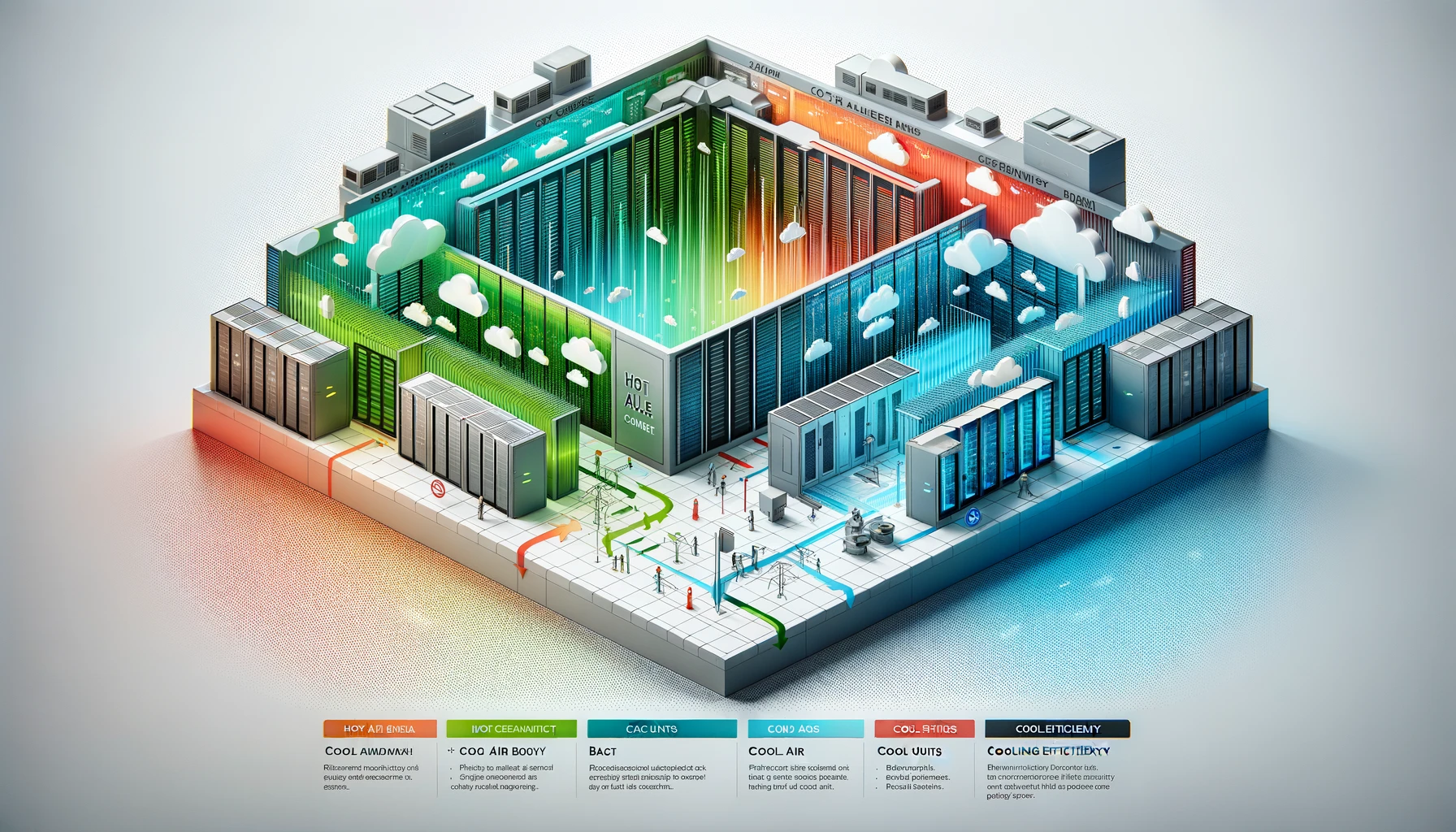
Fiber Optic Introduction
Fiber optic technology revolutionizes how we connect, communicate, and share information across the globe. By transmitting light signals through thin strands of glass or plastic, fiber optics achieve data transmission speeds and volumes that were once thought impossible. The role of fiber optic splicing in this technological marvel cannot be overstated. It is the precise, delicate operation that connects individual fiber optic cables, ensuring the integrity and efficiency of the entire communication network. Whether for internet services, broadcasting, or data storage networks, the quality of fiber optic splicing directly impacts the performance and reliability of these critical systems. As we push the boundaries of what is possible with digital communication, the strategic importance of mastering fiber optic splicing grows.
This guide is designed not only to introduce the fundamentals of fiber optic splicing but also to delve into the technical complexities, presenting a clear path for professionals and enthusiasts alike to understand and appreciate the art and science behind this essential aspect of modern telecommunications. Through detailed exploration of its methods, applications, and the challenges it faces, this article aims to illuminate the pivotal role that fiber optic splicing plays in keeping the world connected.
Understanding Fiber Optic Splicing
Understanding the nuances of fiber optic splicing is crucial for anyone involved in the deployment and maintenance of fiber optic networks. This process is not just about connecting two pieces of cable. It’s about ensuring the integrity of the data transmission path in some of the most advanced communication systems in the world. The choice between mechanical and fusion splicing depends on various factors. These include the project’s budget, the required longevity of the splice, and the environmental conditions where the splicing occurs.
Mechanical splicing, while often seen as a more accessible option due to its lower upfront costs and ease of use, is typically suited for temporary fixes or in situations where the ultimate signal quality is not the primary concern. It offers a quick and effective solution for restoring or extending fiber optic networks with minimal equipment. However, the reliance on physical contact and alignment for signal continuity introduces greater potential for signal loss and reflection. This makes it less ideal for high-bandwidth or long-distance applications.
Fusion splicing is often chosen for permanent setups, notably in core network links. These require utmost data integrity with very little signal loss. The process involves carefully cleaving fiber ends and then fusing them with an electric arc. This creates a smooth connection, cutting signal loss and reflections drastically. Fusion splicing needs specialized tools and skilled operators. However, the investment leads to stronger, more dependable connections that endure environmental challenges longer.
Both splicing techniques play vital roles in developing fiber optic networks. They cater to different needs, depending on the project. Knowing when to use mechanical versus fusion splicing is key. This knowledge ensures fiber optic networks are reliable and efficient long-term.
The Process of Fiber Optic Splicing
The intricate process of fiber optic splicing is both an art and a science, demanding not only technical skill but also an understanding of the environmental factors that can impact the quality of the splice. Before any splicing can begin, technicians must ensure they have all the necessary tools at their disposal. This includes not only the splicing equipment itself but also precision tools for stripping the protective coatings from the fiber, cleaving the fiber to prepare clean ends for splicing, and cleaning supplies to remove any contaminants that could affect signal transmission.
In the case of fusion splicing, the preparation of the fiber ends is critical. The splicer must perfectly align the fibers in its fusion chamber, where it then heats and fuses them together to form a continuous strand of fiber. This method demands precise control and monitoring to ensure a high-quality splice. After the fusion process, typically, the technician applies a heat-shrink tube or a special splice protector to safeguard the delicate fusion joint from physical and environmental damage.
Mechanical splicing, while not requiring the same level of equipment as fusion splicing, still demands precision. The alignment of the fiber ends within the mechanical splice unit is crucial for minimizing loss. Proper handling and securing of the splice ensure that the connection remains stable over time, even in varying environmental conditions.
Temperature, humidity, and dust are significant environmental factors that can affect the splicing process. Extreme temperatures can alter the physical properties of the fibers and the splice materials, while humidity can introduce moisture that affects the quality of the splice. Dust and other contaminants can interfere with the optical properties of the fibers, leading to increased signal loss or reflection. Therefore, controlling the environment during the splicing process is essential for achieving the best possible outcomes, making the choice of splicing location and the preparation of the workspace critical steps in the splicing procedure.

Fiber Optic Splicing Advantages
The advantages of fiber optic splicing go well beyond just better signal quality. By carefully connecting fiber optic cables, splicing creates a seamless path for light signals. This boosts the efficiency and performance of communication systems. High signal integrity is vital in our data-centric world. Minor disruptions can cause delays or loss of data. This impacts everything from vital infrastructure to daily internet use.
Also, a well-done splice is durable and long-lasting. A fiber optic connection can endure for decades with little upkeep once made. This durability matters especially in places that are hard to reach or have harsh conditions. Fixing or replacing cables there is expensive and difficult. A strong splice withstands physical and environmental challenges. It keeps the network strong over time, adding to the telecom infrastructure’s stability and reliability.
Moreover, the cost-effectiveness of fiber optic splicing shines in big or long-distance projects. It allows the use of longer cable lengths without intermediate electronic devices, like repeaters. This cuts down the total cost of setting up and expanding networks. It makes extending high-speed internet to distant areas more doable. It also lets networks grow to meet increasing demand. In short, fiber optic splicing is crucial for deploying high-speed communication networks widely and affordably. It’s an essential method in today’s telecom field.
Challenges & Solutions
The need for precision in fiber optic splicing is critical. The alignment of tiny fibers affects the connection’s quality and the network’s overall performance. Misalignment can cause significant signal loss. Dust or oils can also disrupt light signal transmission, leading to data issues. These challenges require a clean environment and advanced tools for preparation and inspection, like precision cleavers and microscopes.
To tackle these problems, there has been a big push for training and certification programs. These programs aim to build a workforce skilled in performing these sensitive tasks with the needed precision and care. Also, technological advances in splicing equipment have brought features like automatic alignment, real-time feedback, and better environmental sealing. These features help reduce human error and environmental contamination risks. Such advancements improve the splicing process’s efficiency and reliability and increase the lifespan of splices by ensuring top-quality execution.
Additionally, ongoing development of new materials and techniques is enhancing splice durability and performance across different environments. By merging skilled labor with the latest technology and materials, the fiber optic splicing field is addressing its challenges. This progress is leading to more reliable, efficient, and widely available telecommunications networks around the globe.
Applications
Fiber optic splicing is key to the vast reach and high performance of today’s digital communications. Its impact extends beyond just high-speed internet and telecom services. For example, in medical imaging, splicing is vital for assembling the complex fiber networks needed for high-tech diagnostic tools like endoscopes and MRI machines. The high-resolution and swift data transmission of fiber optics result in clearer images and quicker diagnostics.
In sensor technology, splicing is crucial for setting up distributed sensor networks. These are used in environmental monitoring, checking the structural integrity of buildings and bridges, and exploring for oil and gas. The uninterrupted light signal transmission over long distances, ensured by quality splicing, is critical for the accuracy and reliability of sensor data.
Additionally, the military and aerospace industries depend on fiber optic splicing for secure, reliable communication and data transfer in areas prone to electromagnetic interference (EMI). Fiber optics are immune to EMI, making them perfect for aircraft, spacecraft, and military bases, where traditional electronic communications might fail.
The wide use of fiber optic splicing underscores its significance not just in telecom but also in healthcare, environmental science, and defense. As technology advances, the importance of splicing in these developments grows, highlighting the ongoing need for innovation and skilled expertise in this crucial area.

Maintenance & Troubleshooting
The importance of maintenance and troubleshooting in the lifecycle of fiber optic networks cannot be overstated. Effective maintenance practices are foundational to preventing downtime and ensuring the continuous, reliable transmission of data across fiber optic systems. Regularly scheduled inspections of splice enclosures are critical to detect and mitigate environmental damage, moisture ingress, or mechanical stress that could compromise splice integrity. Additionally, testing splice points for signal quality through methods such as Optical Time Domain Reflectometry (OTDR) helps in identifying potential issues before they escalate into significant network failures.
Troubleshooting is an equally crucial aspect of fiber optic network maintenance, demanding a high level of expertise and precision. Signal loss, one of the most common issues encountered, can result from a variety of factors including poor splice quality, fiber breaks, or improper cable handling. Physical damage to the splice point, whether from environmental exposure, construction activities, or accidental impacts, requires immediate attention to restore network functionality. Technicians must be adept at quickly diagnosing these problems, often under pressure to minimize network downtime.
To address these challenges, network operators employ specialized tools and techniques for both maintenance and troubleshooting. This includes the use of reflectometry for identifying and locating faults, as well as the deployment of splice protection sleeves and enclosures designed to shield splices from physical and environmental harm. By adhering to rigorous maintenance schedules and employing effective troubleshooting strategies, network operators can significantly extend the lifespan of fiber optic networks, ensuring their reliability and performance for years to come.
Conclusion
In conclusion, fiber optic splicing is essential in telecommunications. It allows data to travel far with little loss and high reliability. Fusion splicing brings precision, while mechanical splicing offers flexibility. This technology keeps our digital world strong and efficient. We have seen how splicing works, its benefits, and its challenges. The future of telecommunications depends on improving fiber optic splicing. Its use ranges from internet services to medical and military applications, highlighting its importance. Moving forward, advancements in splicing techniques and tools will be crucial. Skilled technicians will also be key in supporting the growing need for better communication networks. Thus, fiber optic splicing is more than a technical task. It opens the door to a more connected and advanced future.
FAQ Section
- What is the difference between single-mode and multi-mode fiber splicing? Single-mode splicing serves long-distance telecommunications and requires precise alignment because of its smaller core size. Technicians typically use multi-mode splicing for shorter distances, where its larger core size allows more alignment tolerance.
- How long does it take to splice a fiber optic cable? The time can vary. Fusion splicing usually takes anywhere from 10 to 30 minutes per splice, including preparation and protection, while mechanical splicing can be faster.
- Can fiber optic splicing be done manually? While some steps require manual handling, such as cable preparation, the actual splicing process for fusion splicing is largely automated with the help of splicing machines.
- What are the costs involved in fiber optic splicing? Costs can vary widely based on the type of splicing. Also the equipment used, and the project’s complexity. Fusion splicing is generally more expensive due to the specialized equipment and higher skill level required.
- Is fiber optic splicing affected by weather conditions? Yes, weather conditions can impact the fiber optic splicing process, especially for outdoor installations. Extreme temperatures, humidity, and precipitation can affect the quality of the splice and the handling of the fiber optic cables. Technicians often use climate-controlled splice enclosures to mitigate these effects and ensure the splicing is performed under optimal conditions.
- Can fiber optic cables be spliced multiple times? Fiber optic cables can be spliced multiple times if necessary. However, each splice point has the potential to introduce signal loss or reflections, which can degrade the overall performance of the cable.




